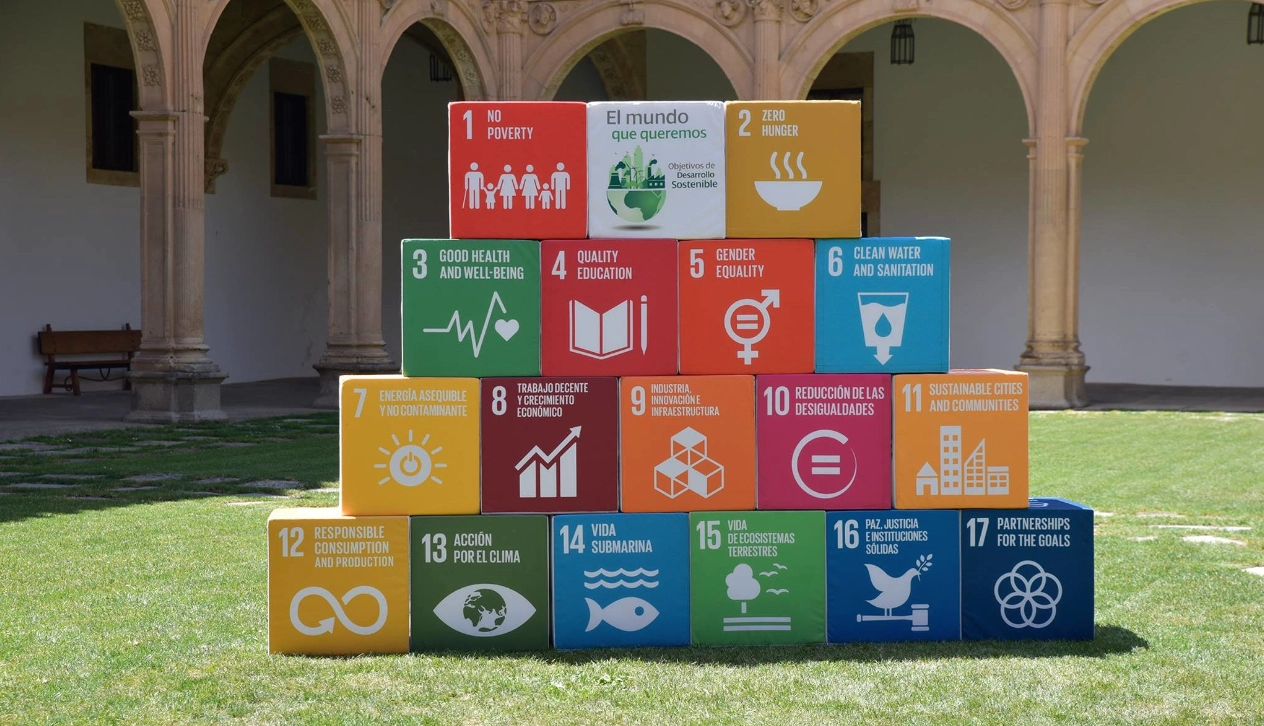A few weeks ago, Times Higher Education published its renowned world ranking of universities. This list considers dimensions such as the learning-teaching environment, research, citation, internationalization, and knowledge transfer to characterize universities. The score achieved allows the participating higher education institutions to be positioned and, in general, is used to make comparisons within and between countries.
In addition to this ranking, since 2009 Times Higher Education publishes the Impact Rankings, which evaluate universities in relation to the achievement of the Sustainable Development Goals (SDGs). These are 17 goals to which the member countries of the United Nations subscribed in 2015, committing to follow a set of actions known as the 2030 Agenda, in order to advance in an integrated manner in three dimensions of sustainable development: economic, social, and environmental.
Although governments are the main agents involved in their achievement through public policies and programs, the scope that the SDGs are expected to have as they are universal, transformative, and civilizing requires the participation of other components: individuals, companies, civil, social and non-governmental organizations, and higher education institutions.
Although the SDGs are not focused on higher education, measuring the progress of universities in relation to the SDGs can be a catalyst that permeates other administrative and social levels, as well as allowing for accountability and highlighting the work of higher education institutions in this area.
Participating universities collect information on the SDGs and receive a score and ranking for each. In 2023, the top five places were occupied by Western Sydney University (Australia); the University of Manchester (United Kingdom); Queen’s University (Canada); Universiti Sains Malaysia (Malaysia) and the University of Tasmania (Australia).
In Latin America, the top 10 positions are in Mexico, Chile, Brazil, and Argentina. It is worth mentioning that the only two Latin American universities in the top 100 are from México: the National Autonomous University of México (UNAM), in 32nd place, and the Monterrey Institute of Technology, in 92nd place. Two Latin American universities are in the group of positions ranging from 101st to 200th and the rest are in the block of positions ranging from 201st to 300th.
Table 1. Latin American universities and position achieved, 2023
| Position | University | Country | Ranking |
| 1 | UNAM | México | 32 |
| 2 | ITESM | México | 92 |
| 3 | UNAB | Chile | 101-200 |
| 4 | University of São Paulo | Brazil | 101-200 |
| 5 | University of Brasília | Brazil | 201-300 |
| 6 | University of Campinas | Brazil | 201-300 |
| 7 | University of Development | Chile | 201-300 |
| 8 | UNESP | Brazil | 201-300 |
| 9 | University of Guadalajara | México | 201-300 |
| 10 | National University of Córdoba | Argentina | 201-300 |
As in the case of the world university ranking, we can compare the level of achievement of universities in the SDGs by country. The following Table 2 shows the five Latin American countries with the best positions achieved in 2023. The order in which they are presented reflects the position of the top five universities in each country.
Table 2. Latin American universities with the best position in Impact Rankings 2023 by country.
| Country | University |
| México | National Autonomous University of México, Monterrey Institute of Technology, University of Guadalajara, The Metropolitan Autonomous University, and Autonomous University of the State of Hidalgo |
| Brazil | University of São Paulo, University of Brasília, University of the State of Campinas, São Paulo State University, and Federal University of Pará. |
| Chile | University Andrés Bello, University of Development, Pontifical Catholic University, Autonomous University and University of Santiago |
| Argentina* | National University of Córdoba and National University of Litoral |
| Colombia | Pontifical University Javeriana, University of Rosario, University Eafit, University CES and Pontifical Bolivarian University |
Source: Elaborated by the author based on information from Times Higher Education.
Finally, among the actions prioritized by Latin American universities with respect to the SDGs, the following are highlighted in the first place: health and well-being (SDG 3), gender equity (SDG 5), decent work and economic growth (SDG 8), and peace, justice, and strong institutions (SDG 16), in addition to SDG 17, which is transversal to all higher education institutions.
Although there are few Latin American universities with high scores, this should not be taken badly, but rather as a window of opportunity for the universities that participated in 2023 and for those that have not yet joined. They can incorporate the SDGs into their respective strategic plans and form the units responsible for their monitoring and evaluation.
*Translated from Spanish by Janaína Ruviaro da Silva











